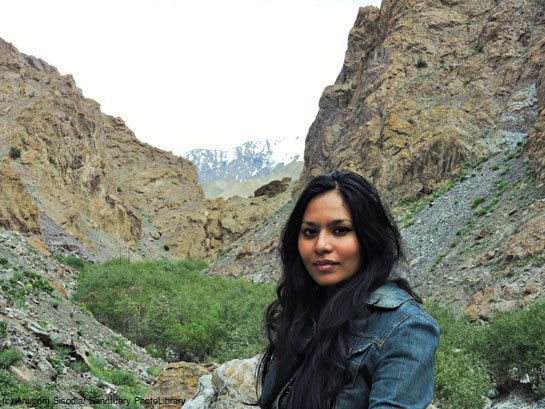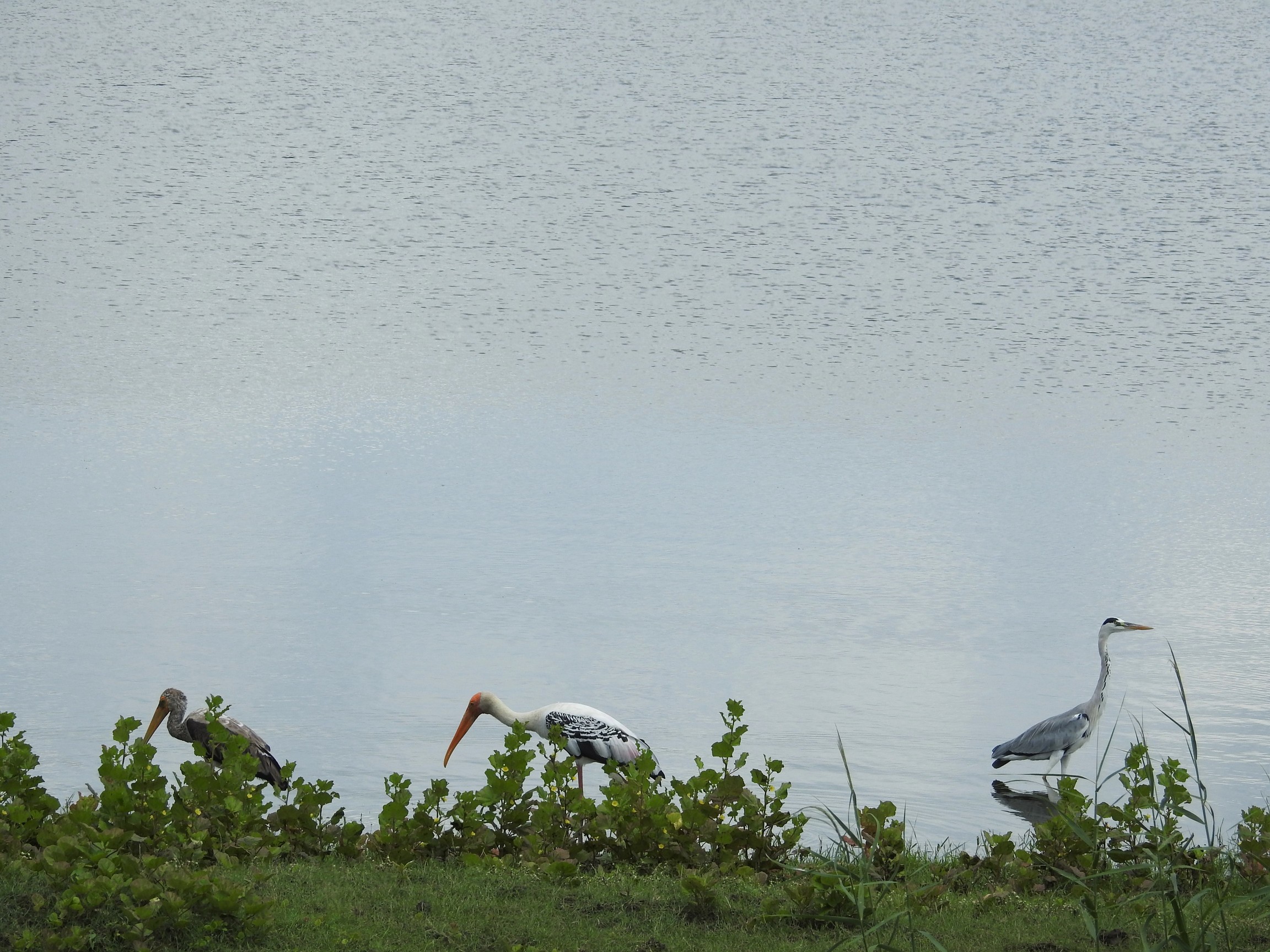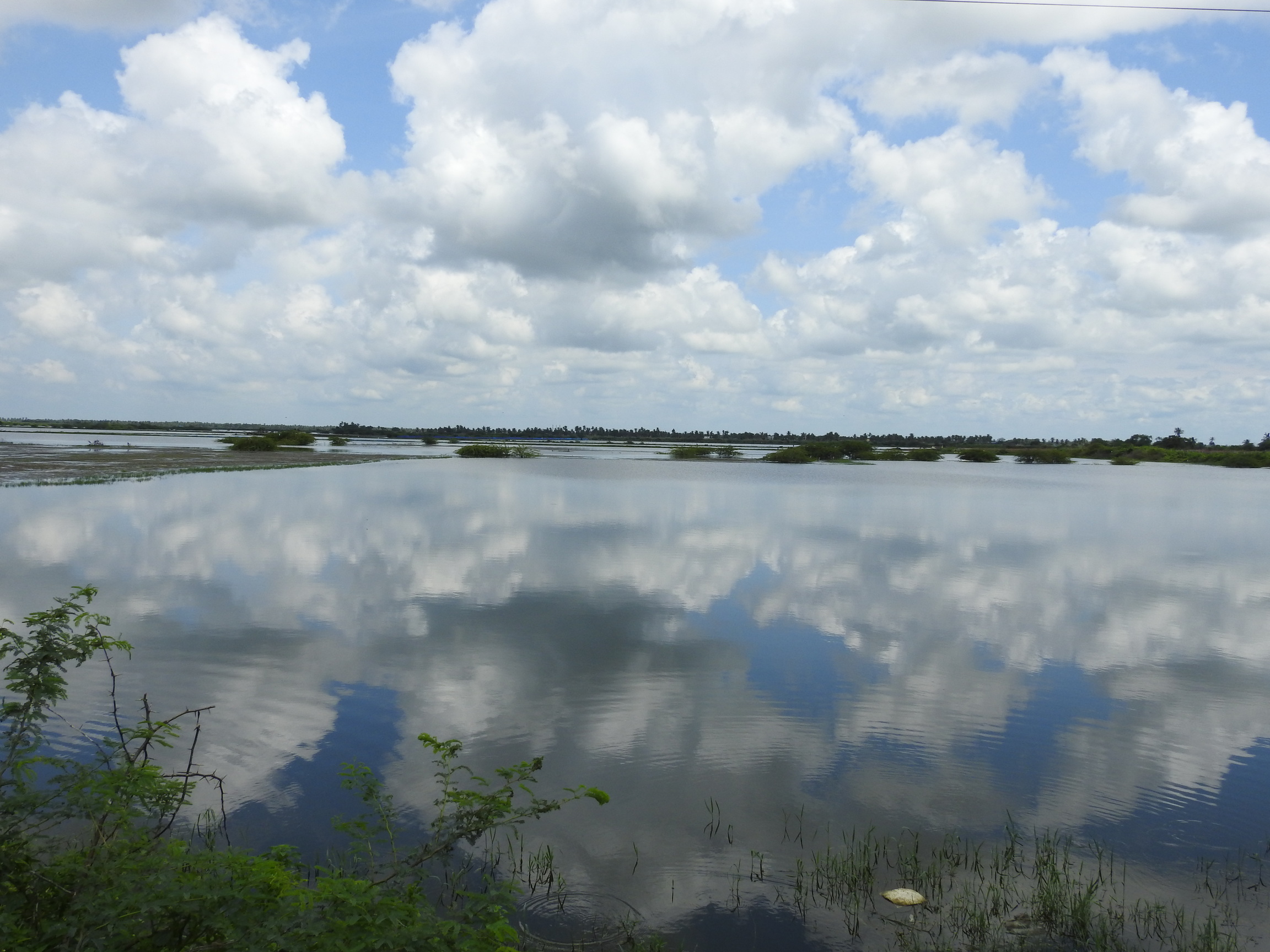The Wetlands Day should be celebrated every day as the future of wetlands in India is uncertain
There are still lakhs of wetlands in India but they are disappearing. The banks of the river Yamuna, for instance, were dotted with wetlands which are now getting tapped, dried or filled up


There was a low-lying patch of land behind the wheat fields. In that patch, water gathered. Bullfrogs sang like they were Bollywood artistes, turning bright yellow in the mating season, their vocal sacs a bright blue. The village buffaloes gathered at the wetland; their eyes closed in contentment as their skin got doused in the water on hot, sleepy days.
An alert white bird alighted like an arrow on a buffalo, finding ticks on its vast body; a free and friendly salon service. On the banks of this wetland, a tree grew. On that tree was a colony of wetland birds. The tree became bleached bone-white by the dropping of cormorants, who made guttural sounds and dived for fish all day with their hook-shaped beaks. The village people let go of their buffaloes in the daytime — the animals would find their way to the wetland, stay there for hours, and return home as evening drew closer. It was all heart, a heart that was beating, accommodating the buffalo, the tree, the fish and the bird.
This is what a villager from Jagatpur, Delhi told me on World Wetlands Day. Once, each village in the country had its own wetland or two, known variously as talab, neher, beel or pukur. The village animals went there. So would the villagers, to pass time in companionable silence with the water and its unique forms of wet, dry or drying life. The Delhi villager though speaks in the past tense, because there are no more wetlands in villages in North Delhi, all having been drained for flats and vegetable and fruit farms. The banks of the river Yamuna were dotted with wetlands which are now getting tapped, dried or filled up.

The rest of India still has lakhs of wetlands – but their future is uncertain. I want to suggest that wetlands are not just sources of water. They are also important pauses in the life-breath of a place. As cities get densified and as villages become towns, the natural architecture of a place still needs to be looked at as the first priority for planning.
Wetlands are a pause because they are what all other land is not. They are an open expanse, allowing you to lift the corners of your eyes and really look around you, a welcome break from congestion. They are a safety valve because they drain away the water which would otherwise flood places after rainfall. They are also placed with life that can often turn international – a place with migratory birds from foreign places.
World Wetlands Day, celebrated on February 2 each year, is not meant for a day’s celebration. Rather, it should be a year-round celebration.
A few months ago, I was in Andhra Pradesh, on my way to Kolleru wetland, which has both fresh and saline water. The day was hot; the road was shimmering. The tarmac seemed like water in the heat; alive and impatient. I was looking for birds in the sky, but it was too hot for them. The great road curved, and an unlikely colour came to view. Pink. Baby pink and pearl white. I was looking at lilies. Masses and masses of lilies, spread over a small, deep pond. In the heat, the disc-shaped leaves gleamed emerald, the flowers the daintiest of rose-pink. The stalks moved suddenly: that was fish snapping at the base of the leaves; almost like the whole water body was one big animal, living and transpiring. The whole thing was ethereal; not of that hot and dusty place.
But that’s the thing about wetlands. They spring up suddenly; in hot places, dry places, sizzling places. And that is precisely why they are life-giving. Animals come from kilometres away to drink water. They support their very own forms of vegetation — some partially submerged, some growing from banks, and some floating freely. These leaves too give life — shading soft-skinned frogs from the full force of the sun, and fish from Kingfishers.

The topography and gradient of a place decides where a wetland should be, the curves and slopes of the area being the arrows which point to depression or circle of rocks that will fill deeply with rainwater, held there like a cup made by the palm of joined hands. Lotus and lily ponds across the country are just one kind of wetland —but they are also amongst the prettiest ones.
In Assam and Bengal, tiny wetlands dot village roads, spilling over with lotuses or lilies. Here too, a buffalo’s horns will poke out from amidst the leaves; and an egret will wait for breakfast from the buffalo’s body. In other areas, deep village ponds are places to gather water. The same bank may be shared by a crocodile or a checkered keelback snake.
This year, India has the distinction of ten Indian wetlands getting the Ramsar designation, meaning these are now wetlands of international importance. But apart from our Ramsar sites — 37 of them in all now — many smaller wetlands with no names are also part of the pulse of the country. They deserve more respect.

As cities get built, wetlands are the first to go. The buffaloes move away, trees next to the wetland bearing generations of waterbirds are brought crashing down. Kingfishers fly off. An entire civilization ends.
Yet, today we need wetlands more than ever. Groundwater is precarious: satellite studies have found North India has a dangerously shrunk water table. Groundwater is being depleted faster than it is getting recharged. We always joked that the third World War will be on the water; now we need to ensure we don’t bring battle upon us.
Because in the end, we will have to remember that water doesn’t come from bottles or factories, but from rivers and wetlands.
Neha Sinha is working with the Bombay Natural History Society.
(Views are personal)

